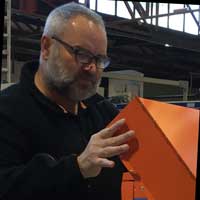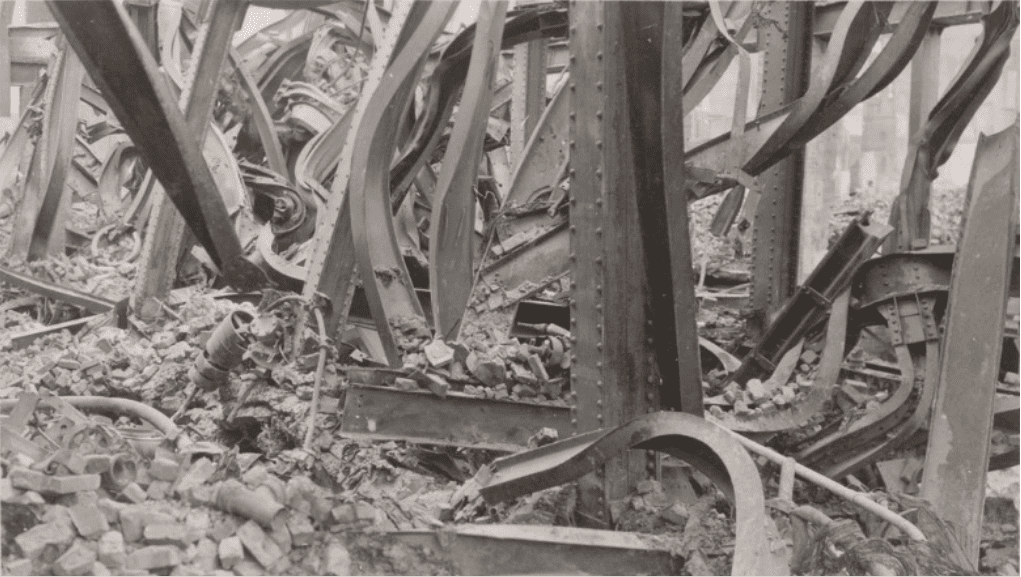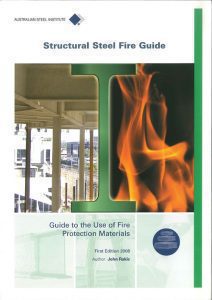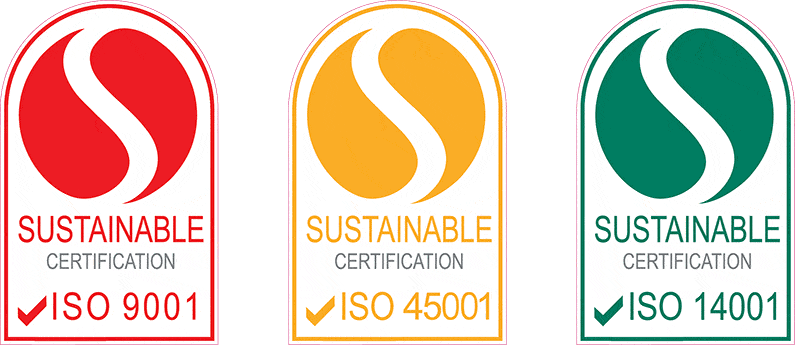
John Rakic
John Rakic is the proud Owner and Managing Director of Trafalgar Group with over 20 years of experience in the passive fire industry.
As I sit at my trusty laptop, on Sunday morning, watching the sun rise through my window, I take a moment to stop and pay my respects to the 2750 people or more that died almost 19 years ago in the World Trade Centre terrorist attacks. Time flies and quite often we get too busy to stop, just take a moment, to pause, reflect and review what we are doing.
It’s true, COVID19 has given some of us time in our home offices. Maybe some of you readers will have had time in between the Zoom & Team Viewer mania, to get to things you might not have got to if you were still working 70 hours a week in your offices?

This article is going to look at the legal or regulatory requirements for passive fire protection of steel structures here in Australia; that is the requirements of our own National Construction Code (NCC) encompassing fire testing requirements of AS1530 Part 4 or an equivalent fire test method, along with the strict requirements contained in AS4100 for data analysis and calculation of the thicknesses of fire protection materials required to provide a compliant FRL.
Sadly, it would be remiss of me, not to question the thousands of square metres of pink and so-called fire rated plasterboard, which is used in my humble opinion, incorrectly as cladding to provide an FRL to steel columns and beams in construction of our buildings here in Australia. I will stand corrected if I am wrong, and it would not be the first time, but I urge readers to educate themselves by way of this article on how the NCC and FRL’s MUST work for steel structures, and check to see if the materials you see being used, should in fact be being used? It there might be a few more than a couple of pink faced moments, and not the plasterboard, but you the reader????
This is just a snippet of the full article. To read the entire article, download the pdf today.
Table of Contents
What Happens To Steel Structures in Fires
Structural steel, by definition, is a steel structure that is helping to hold up a building. The steel structure, might consist of vertical columns, and horizontal beams, along with some bracing for example? The beams might be supporting a composite concrete slab for example.
In a building fire, the temperatures can quickly rise within a compartment space to 500 deg C, and without sprinkler intervention, the temperature can continue to rise significantly, as long of course as there remains sufficient fuel and oxygen to allow sustained combustion.
Without adequate passive fire protection applied to these steel structure, at these elevated temperatures, the steel under load, does lose some of its strength and start to bend and twist and in extreme cases result in collapse of part of or all the building.
Passive fire protection isn’t hard to understand, you apply some material over the steel, to help provide some insulation to keep the steel, under the applied material, at below the temperature where it can start to lose strength.
Déjà Vu or Not?
I was asked in 2008 to write a technical guide for the Australian Steel Institute (ASI) about passive fire protection for Steel Structures. I can’t believe that was over 10 years ago.
If you Google it, you might find a copy on the internet for FREE, or you can buy it from the ASI.
NCC DTS Provisions and FRLs
Sorry for the acronyms.
This section will provide a brief overview of the technical requirements under the National Construction Code, NCC (formerly the Building Code of Australia, BCA), and how one can provide a compliant fire rating or FRL, and therefore are protected as having provided a Deemed to Satisfy Building Solution to meet the performance requirements under the NCC.
If this is confusing, don’t stress, if you do the following, you should be fine!
FRL requirements
The fire ratings required where steel structures as being used, and determined under the NCC, based on the Class of Building & the Type of Construction and manifest themselves as FRL’s (Fire Resistance Levels).
For structures, only the first criteria of the FRL applies, so some common fire rating would be:
- One hour, FRL 60/-/-
- 90 minutes, FRL 90/-/-
- Two hours, FRL 120/-/-
- Three hours, FRL 180/-/-
- Four hours, 240/-/-



